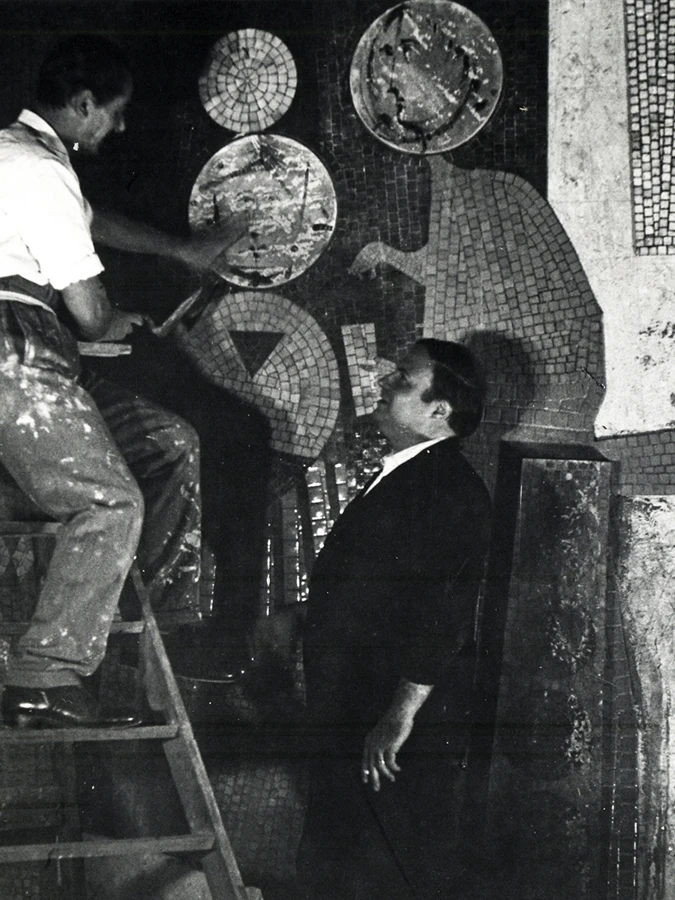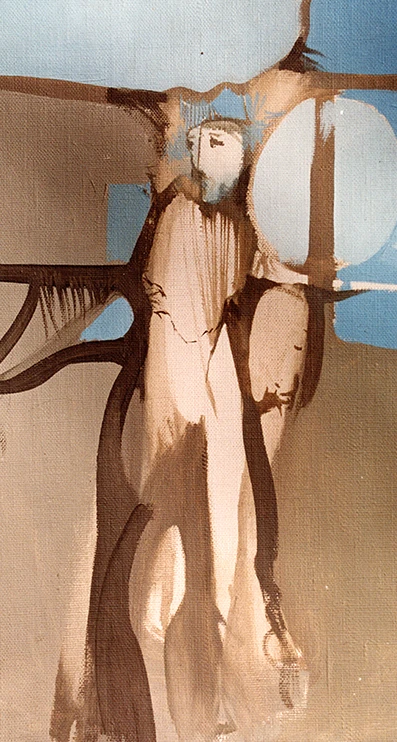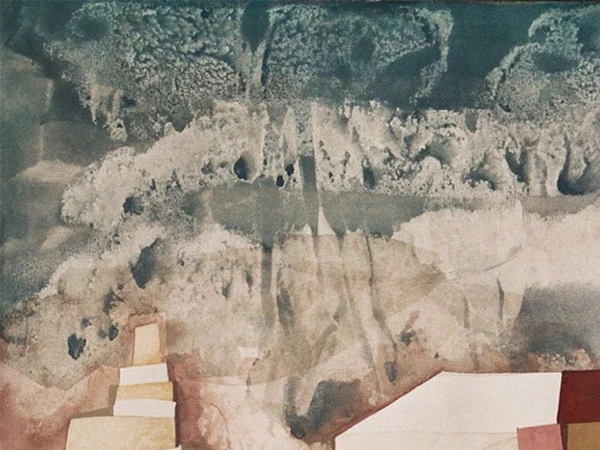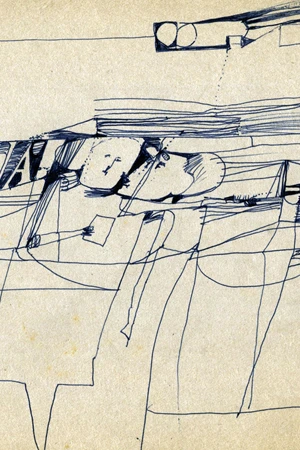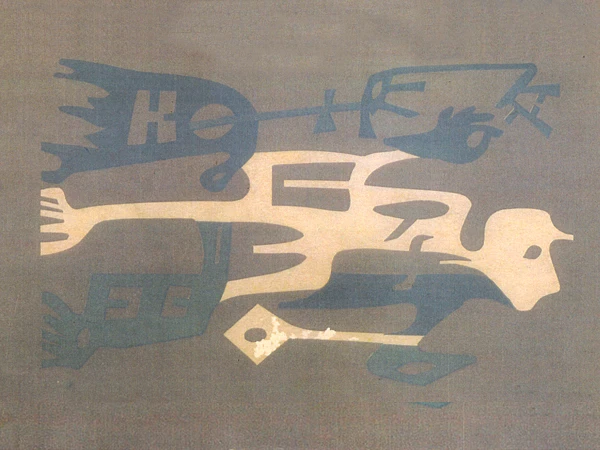
1960-1966
1960. He was awarded the Premio Palanza, the greatest prize granted by Argentina’s Academia Nacional de Bellas Artes.
He created the “Instituto Privado de Investigación de la Forma” housed at his new studio at 2236 Vicente López Street in Buenos Aires, where he also gave classes.
He exhibited his Cajas (Boxes), moveable wooden objects that he first started working on in the forties.
1962. He was made an honorary member of Argentina’s Academia Nacional de Bellas Artes.
1963-66. A vertiginous series of shows was held in Buenos Aires and the rest of Argentina. His work became more abstract and he began incorporating linguistic signs.
1965. He took part in a show on surrealism and fantastic art at the VIII São Paulo Biennial.
1966. An exhibition of his work was held at the Argentine Embassy in Washington before touring to Foussats gallery in New York.
He died in Buenos Aires on October 8, 1966.
Like Borges
When you know
that names, dates, and history
have been bestowed on you
to be joined wisely in characters
and when the strange events, savory drinks
and sweet anthem verses rest in words
a respite from you,
you sing,
the song of men
light and shadow of a miracle
Juan Batlle Planas, Cero magazine, p. 15.
“
… In the painting of Batlle Planas one walks through the labyrinth of the sacral city that unites everything and separates everything in one and the same bundle of possibilities, without a beginning or an end; the Zen sign, Chirico's metaphysical space, the surrealist dreams of Max Ernst, the displayed precision of the cubist planes, the biblical lyricism of Chagall, that courteous way Morandi had for discovering the secret silence of color.
”
Varela, Lorenzo, Member of the international Association of Arts Critics (1965), Catalogue “Argentine Cultural Panorama”, Argentine Embassy, W-USA.

“
Juan Batlle Planas is one of the outstanding artists of Argentina, a country that has justifiably prominent for the authentic responsibility of its investigations in the evolution of an activity that has gradually grown into something mysterious and arduous, and consequently, ever more passionate.
”
Mujica Láinez, Manuel (1965). Catalogue “Argentine Cultural Panorama”, Argentine Embassy, W-USA.
One word
To Juan Batlle Planas
Occasioned by maker of vértigos,
Inscribed on the wallsof the black house,
a word is sacrificing
the one with ferocius eyes
In loving silence she starts singing
the song for the reclining figure.
Pizarnik, Alejandra (2016) Stone of madness, Poems 1962-1972, Translated by Ivette Siegert, New Directions.
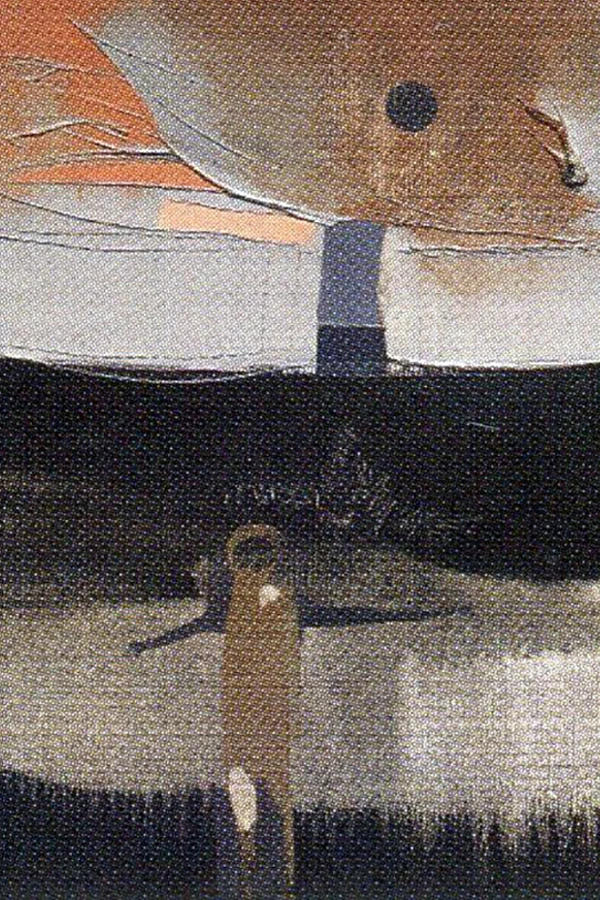
“
Advancing in the 60's, in the constant comings and goings of Batlle's creative rhythms, going from the concealed to the manifest and viceversa, from the comprehensible to the incomprehensible, he takes up again the cryptic language rearranged under the influx of the psychology of the form.

